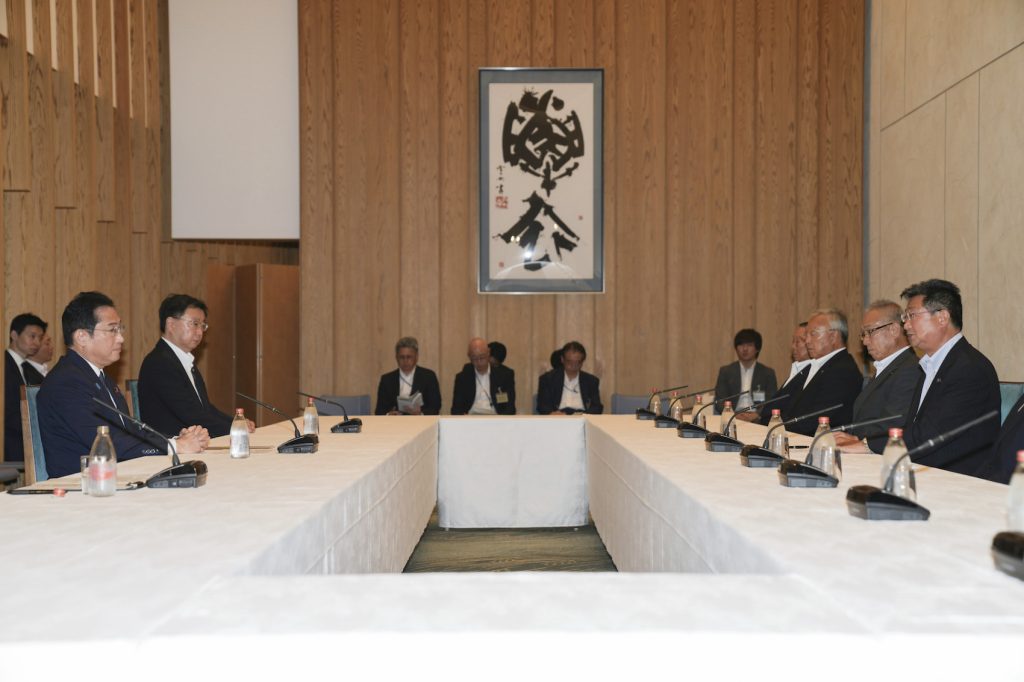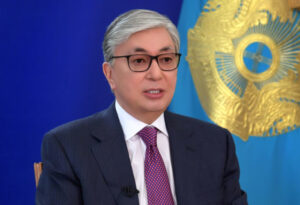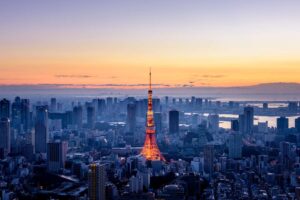Kishida meets fishery group head over Fukushima water release plan

Tokyo, The Gulf Observer: Japanese Prime Minister Fumio Kishida talked with the head of Japan’s national fisheries federation on Monday, hoping to gain his understanding for the government’s plan to start releasing treated radioactive water from the Fukushima nuclear plant.
The meeting came before Kishida is expected to hold a gathering of his cabinet on Tuesday morning to formally decide when to begin discharging the water from the crippled nuclear complex into the Pacific Ocean. The process is expected to start by the end of August.
The National Federation of Fisheries Cooperative Associations under its head Masanobu Sakamoto has continued to oppose the water release, saying it would erode the reputation of seafood from Fukushima and nearby areas.
But Kishida hopes to win the group’s backing for his administration’s efforts to ensure the safety of the water and for its measures to respond to potential reputational damage.
At the outset of their talks at the prime minister’s office, Kishida told Sakamoto, “We promise to take full responsibility for implementing necessary steps so that fishermen can pursue their livelihood with peace of mind for the next several decades.”
The government has set up funds worth 30 billion yen ($206 million) to overcome any reputational damage and 50 billion yen to ease potential economic damage and support local fishermen in sustaining their businesses.
During his visit to the Fukushima nuclear plant on Sunday, Kishida urged the operator, Tokyo Electric Power Company Holdings Inc., to ensure the safety of the water release.
Acquiring approval from the fishery industry is a crucial factor for the government and the operator, widely known as TEPCO, as they have pledged not to go ahead with the release without fishermen’s consent.
The International Atomic Energy Agency, a U.N. nuclear watchdog, said last month that the planned release would comply with global safety standards.
Referring to the IAEA report, Sakamoto told Kishida on Monday, “Our understanding of scientific safety has deepened,” but he reiterated his continued opposition to the government’s water discharge project.
Massive amounts of contaminated water have been generated in the process of cooling melted reactor fuel at the Fukushima Daiichi plant since the facility was devastated by a powerful earthquake and ensuing tsunami in March 2011.
The water has been kept in tanks after going through an advanced liquid processing system that removes most radionuclides except tritium, but the storage vessels are nearing maximum capacity.
Tritium is known to be less harmful than other radioactive materials, such as cesium and strontium.
In early August, about 1.34 million tons of treated water was stored in tanks at the Fukushima nuclear complex, reaching 98 percent of storage capacity, TEPCO said.
The treated water, which contains small quantities of tritium, will be diluted to one-40th of the concentration permitted based on Japanese safety standards before being discharged via an underwater tunnel 1 kilometer from the power plant.


